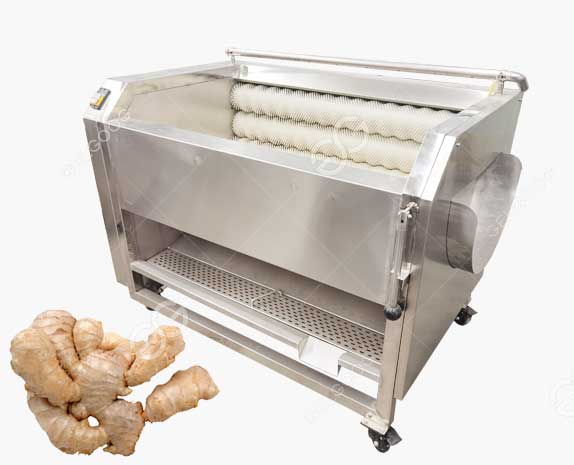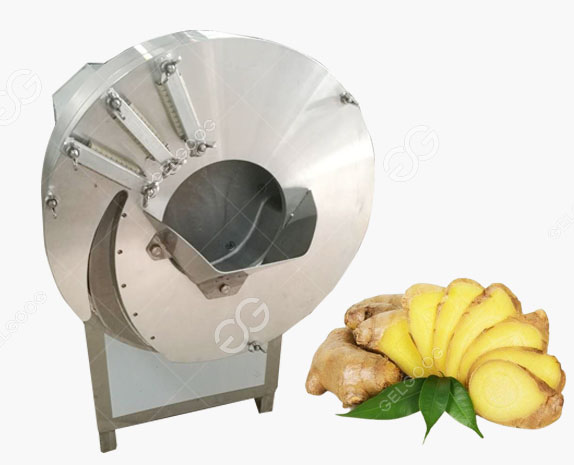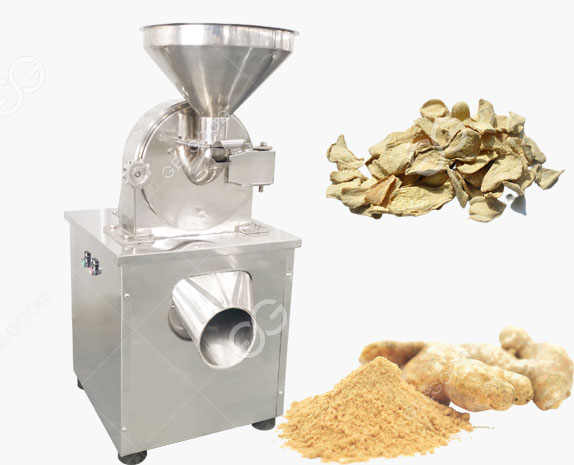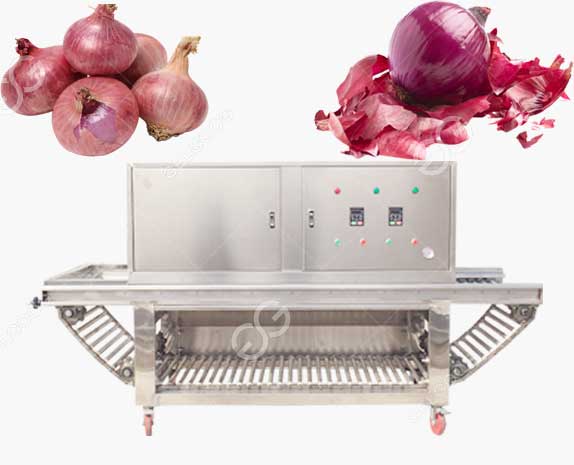Drying leaves is a crucial process in many industries, including tea, tobacco, and herbs. The proper drying of leaves is essential for the preservation of quality, taste, and aroma. The traditional methods of drying leaves, such as sun-drying or air-drying, can be unreliable, time-consuming, and weather-dependent. In a factory setting, it is crucial to have a consistent and efficient method of drying leaves. In this blog, we will discuss the best way to dry leaves in a factory setting.
One of the most effective methods of drying leaves in a factory is through the use of industrial leaves drying machine. Industrial dryers are machines designed to remove moisture from materials such as leaves, using either heated air or infrared radiation. These dryers come in various sizes and configurations, allowing factories to choose the type that best suits their needs.
One popular type of industrial dryer for drying leaves is the tray dryer. Tray dryers are designed to dry a wide variety of products, including leaves, in large quantities. The dryer consists of a series of trays stacked on top of each other. The leaves are placed on the trays, and hot air is circulated through the trays, removing the moisture from the leaves. Tray dryers can be configured to operate at different temperatures and airflow rates, allowing factories to customize the drying process to their specific needs.
Another type of industrial dryer commonly used for drying leaves is the belt dryer. Belt dryers are similar to tray dryers but use a continuous belt to transport the leaves through the drying chamber. The leaves are placed on the belt and moved through the dryer as hot air is blown through the chamber. Belt dryers can process large quantities of leaves quickly, making them an excellent option for large-scale operations.
In addition to industrial dryers, some factories also use microwave drying to dry leaves. Microwave drying is a relatively new technology that uses electromagnetic waves to heat and dry the leaves. This method is faster than traditional drying methods, and it allows factories to dry leaves at lower temperatures, preserving the flavor and aroma of the leaves. However, microwave drying requires specialized equipment and can be expensive to set up.
Regardless of the drying method used, there are a few key factors that factories should consider when drying leaves. The first is temperature. Leaves should be dried at a temperature that is hot enough to remove moisture but not so hot that it damages the leaves' quality or flavor. The ideal drying temperature will depend on the type of leaves being dried and the drying method used.
Another critical factor is airflow. Leaves should be dried with sufficient airflow to ensure that moisture is removed evenly throughout the leaves. Insufficient airflow can result in uneven drying and can leave some parts of the leaves moist, leading to spoilage.
Finally, timing is also critical. Leaves should be dried for the appropriate amount of time to ensure that they are fully dry and will not spoil. The drying time will depend on the type of leaves being dried, the drying method used, and the temperature and airflow settings.
In conclusion, industrial dryers are the best way to dry leaves in a factory setting. Tray dryers and belt dryers are popular options that can process large quantities of leaves quickly and efficiently. Microwave drying is a newer technology that can be faster and more energy-efficient than traditional drying methods, but it can be expensive to set up. Regardless of the drying method used, factories should consider factors such as temperature, airflow, and timing to ensure that leaves are dried evenly and to the appropriate moisture content. With the right drying process, factories can preserve the quality, taste, and aroma of their leaves, ensuring customer satisfaction and repeat business.




